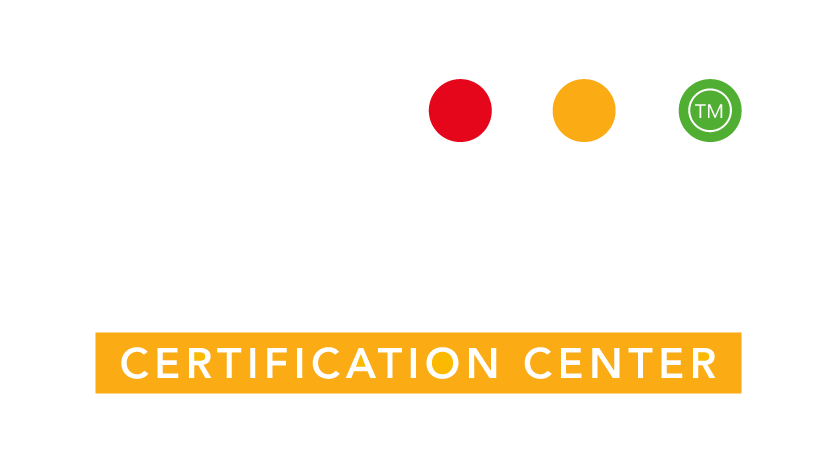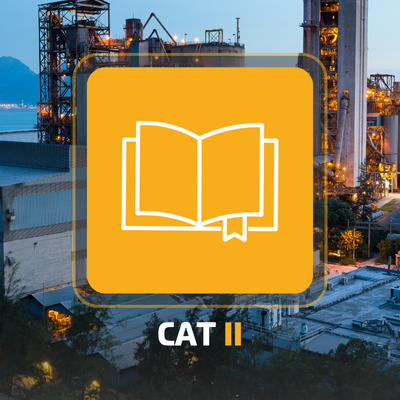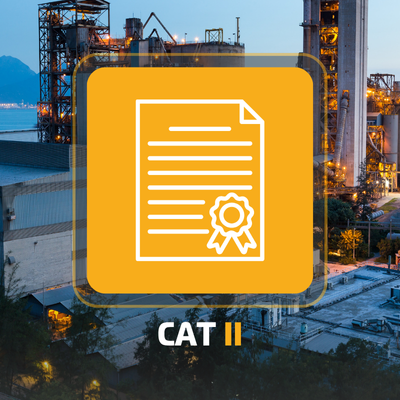Applied Vibration Analysis CAT II
Price range: $999.99 through $2,099.99
Deepen your expertise to become a senior vibration analyst with advanced training in vibration analysis, digital signal interpretation, and precision maintenance aligned with ISO 18436-1 and ISO 18436-2 to elevate your skills and confidence in condition monitoring.
Available 19th January 2026. Students will receive access to the online training materials for a period of 4 (four) months.
Description
Welcome to the Next Step in Your Vibration Specialist Journey
Available 19th January 2026
Congratulations on challenging yourself to reach a higher level of competence in the field of vibration analysis.
As the second installment in your journey to becoming a vibration specialist, this course invites you to develop a deeper understanding of the key principles, tools, and applications that define vibration science.
Guided by the ISO 18436-1 and ISO 18436-2 standard, this program builds on your foundational knowledge to prepare you for intermediate-level analysis and specialized applications in the field.
It is expected that participants are already proficient in data collection and possess a solid grasp of basic vibration theory, along with an eagerness to expand their technical knowledge and analytical skills.
Course Topics
Intermediate vibration theory
Digital signal analyzer fundamentals
Site survey guidelines
Shaft centerline analysis introduction
Natural frequency determination
Precision maintenance principles
Reporting fundamentals
Intermediate component and equipment fault analysis
“Teach a person how to design a wheel from scratch, and that person will design you a wheel. But give a person a wheel that is already designed, and that person will design you a vehicle.”
This course reflects that philosophy — it equips you not only to understand the tools of vibration analysis, but to apply them creatively and confidently in solving real-world problems.
Course Format & Resources
This self-paced, web-based video course offers the flexibility to learn anytime, anywhere, and at your own pace—helping you achieve your professional goals faster.
Your learning experience includes:
- Students will receive access to the online training materials for a period of 4 (four) months. The optional certification exam is available online and may be purchased separately.
- Access to online course manual. An optional printed course manual may be purchased separately.
- Online learning resources to enhance your learning.
- You will receive 3 Continuing Education Unit credits (CEUs) for completing this course.
- Course completion e-certificate
Students will receive further information regarding course details and online resources following registration.
Table of Content
Applied Vibration Analysis CAT II
Chapter 1 – Introduction
Data flow and process flowchart
Review of key concepts from CAT I course
Chapter 2 – Vibration Theory
Basic motion (superposition)
Artificial high peaks
Transient vibration response
Beat
Time domain digitization
Frequency domain calculation
Relationship between waveform sampling rate and Fmax
Resolution
Time domain resolution
Frequency domain resolution
Units of amplitude
Characteristic of vibration
Amplitude conversion
Filtering
Filter applications
Aliasing
Phase
Phase relationship and units of measure
How do we measure phase?
Representing results from phase analysis
Windows
Chapter 3 – DSA Fundamentals
Analyzer types
Portable Digital Signal Analyzer (DSA)
Online vibration analysis
Vibration transducers
Displacement transducers
Velocity transducers (might be excluded — will know after Sweden trip)
Accelerometer
Calibration
Triboelectric effect
Mounting
Data capturing recommendations
Frequency domain setup method
Frequency domain setup effects
Time domain setup effects
Setup decision tree
Chapter 4 – Site Survey
Planning a survey
Baseline
Routes
Acceptance testing
Chapter 5 – Shaft Centerline Introduction
Orbit
Centerline
Chapter 6 – Natural Frequency Intermediate
What are natural frequency, resonance, and critical speed?
Single degree of freedom (SDOF)
Multi degree of freedom (MDOF)
Resonance
Critical speed
Determining natural frequency
Mathematical methods
Bump test
Transient analysis
External excitation
Solving resonance
Remove the excitation
Change the natural frequency
Application of damping
Dynamic absorbers
Isolation
Chapter 7 – Precision Maintenance
Alignment
Alignment equipment
Alignment procedure
Balancing
Rigid and flexible rotors
Methods
Standards and tolerances
Single plane balancing procedure
No phase balancing procedure
Reasons that a balancing attempt is unsuccessful
Chapter 8 – Reporting
Standards
Report components
Routine analysis reporting
Online reporting
Acceptance test reporting
Special investigations
Follow-up
Efficient analysis
Alarms
Chapter 9 – Equipment Knowledge
Motors (induction)
Pumps and fans (basic)
Gearboxes
Compressors
Structures and piping
Rolling and paper mills
High-speed rotors
Related Products





